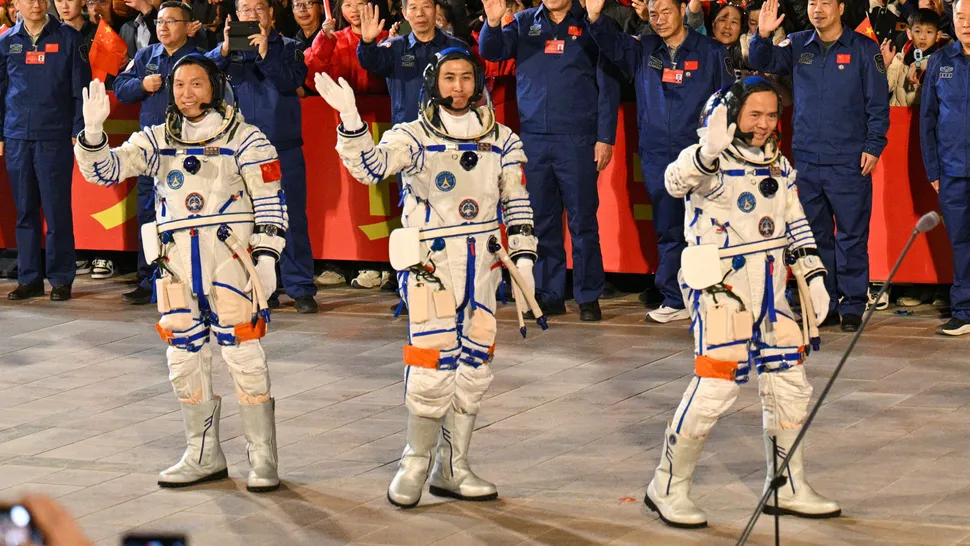Kate Adamala had been working on something dangerous.
At her synthetic biology lab, Adamala had been taking preliminary steps toward creating a living cell from scratch with one key twist: all the organism's building blocks would be flipped. Changing these molecules would create an unnatural mirror image of a cell, as different as your right hand from your left.
The endeavor was not only a fascinating research challenge, but could be used to improve biotechnology and medicine. But as Adamala and her colleagues talked with biosecurity experts about the project, grave concerns began brewing.
"They started to ask questions like 'have you considered what happens if that cell gets released or what would happen if it infected a human?'" said Adamala, an associate professor at the University of Minnesota. They hadn't.


 Three more Chinese astronauts, or taikonauts, are now marooned in space following the successful return of...
Three more Chinese astronauts, or taikonauts, are now marooned in space following the successful return of...

 Susumu Kitagawa, Richard Robson and Omar M. Yaghi are awarded the Nobel Prize in Chemistry 2025...
Susumu Kitagawa, Richard Robson and Omar M. Yaghi are awarded the Nobel Prize in Chemistry 2025...






























